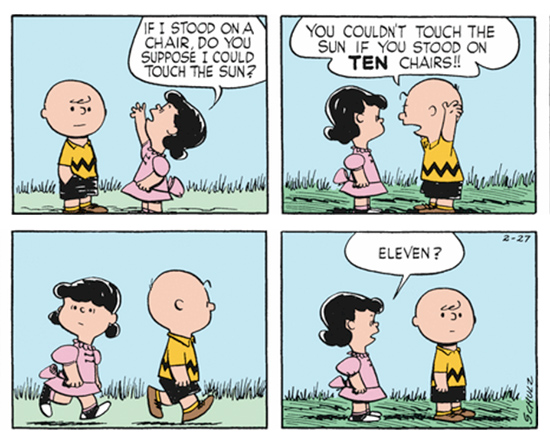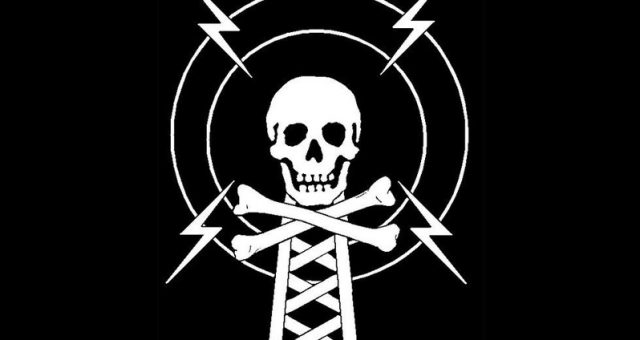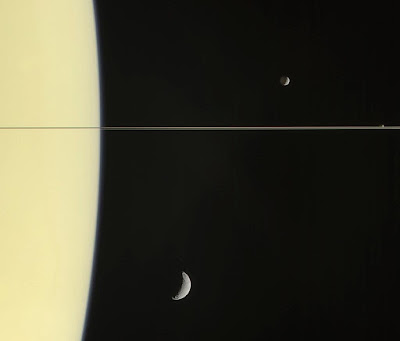I spent about an hour (2230 to 2330 UTC) last night tuning up and down the AM/MW band and noted more transatlantic carriers than I ever recall hearing before and one new station for the log on a frequency where I seldom expect to find anything!
Tuning from 530 to 1710, I was very surprised to clearly hear a station on 1070. Usually all I hear on 1070 is slop from WTIC on 1080, but last night I found WPLB with an S-9 signal. WPLB, "Mid Century Radio," is a daytimer located in Plattsburg, New York, transmitting 5,000 watts 207 miles to my north.
Examining WTIC's signal on my IC-R8600's spectrum scope, it was obvious that WTIC's signal was not as wide and strong as it normally appears here (16 miles from their 50 kW transmitter). Was there a problem with their transmitter or antenna? Did they shut down their IBOC? Dunno, but I will keep checking their signal to see if the change was temporary or permanent.
Meanwhile, I noted the following 23 "transatlantic" carriers, an amazing number (to me): 531, 549, 567, 684, 693, 774, 855, 936, 954, 963, 1008, 1044, 1053, 1152, 1179, 1215, 1278, 1296, 1305, 1539, 1584, 1593, 1602.
Comparing my collection of carriers with WA1ION's recent loggings from Cape Cod (142 miles to my east), I presume I heard the following station carriers:
531 - Algeria, F'Kirina, Radio Algerie
549 - Algeria, Sidi Hamadouche, Radio Algerie
567 - Spain, Murcia/Torre de Cotillas, Radio Nacional de España, Radio 5
684 - ?
693 - United Kingdom, BBC, Radio 5
774 - Spain, València/El Palmar, Radio Nacional de España, Radio 1
855 - Spain, Murcia/Torre de Cotillas, Radio Nacional de España, Radio 1
936 - Morocco, Agadir/Aït Melloul, SNRT (Société nationale de radiodiffusion et de télévision)
954 - Spain, Madrid/Pozuelo de Alarcón, Radio Onda Cero
963 - ?
1008 - ?
1044 - Spain, San Sebastián/Monte Igueldo, Sociedad Española de Radiodifusión (Spanish Broadcasting Company)
1053 - United Kingdom, Droitwich/Mast, talkSPORT
1152 - ?
1179 - ?
1215 - United Kingdom, Moorside Edge, Absolute Radio
1278 - ?
1296 - ?
1305 - ?
1539 - ?
1584 - ?
1593 - ?
1602 - ?
Equipment used here were an ICOM IC-R8600 receiver and a Hy-Gain 18AVT/WB-A vertical antenna.
What a night!

















































